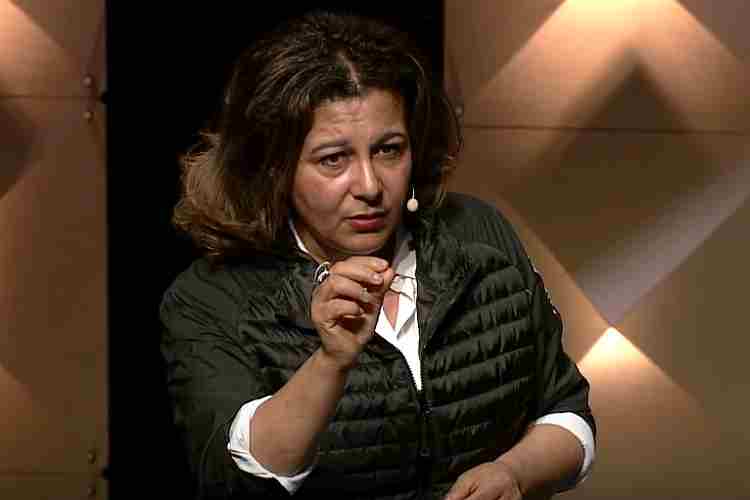

“We’ve realized that we’re missing a piece,” Hinchey said, which is “finding ways to make swimming not just something that saves your life and something that’s a sport for life, which is important to all of us, but a way to convince young kids of any place, of any color, any shape, any size, any ethnicity, to know that swimming can be your sport.”

Hinchey wants to make sure more kids of color view swimming as a potential avenue to college scholarships and athletic success at the highest levels. It’s not enough to teach Black kids to swim, though that’s a significant achievement that will serve them for the rest of their lives.
#T. huske olympic games tokyo 2020 how to
In recent years, USA Swimming has devoted much of its attention to the “Make a Splash” initiative, which provides opportunities for more children, especially those in underserved communities, to learn how to swim.īut Tim Hinchey, president and CEO of USA Swimming, acknowledged that the racial unrest in the wake of George Floyd’s death brought to light that more needed to be done. And Natalie Hinds became the first Black swimmer to make this year’s Olympic team when she finished fourth in the 100-meter freestyle Friday night, locking up a spot in Tokyo as a relay swimmer. Eighteen-year-old Torri Huske, whose mother is Chinese, looks like one of the rising stars of the U.S. Simone Manuel became the first Black woman to win an individual gold medal in swimming at the 2016 Rio Games. There are only a handful of exceptions, despite USA Swimming’s efforts to diversify its pool of athletes. At the Olympic trials, where hundreds are competing for a trip to the Tokyo Games, it’s impossible to ignore that hardly anyone of color is diving in.


 0 kommentar(er)
0 kommentar(er)
